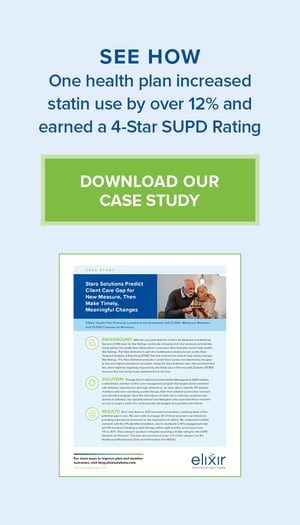 According to the World Health Organization (WHO), approximately 50% of people with chronic conditions do not take their medications as prescribed, or are non-adherent to their prescribed treatment. This poor adherence can lead to other healthcare complications, estimated to incur costs of approximately $100 billion annually. It is such an issue that a representative from WHO stated, “Increasing the effectiveness of adherence interventions may have a far greater impact on the health of the population than any improvement in specific medical treatments.”[1]
According to the World Health Organization (WHO), approximately 50% of people with chronic conditions do not take their medications as prescribed, or are non-adherent to their prescribed treatment. This poor adherence can lead to other healthcare complications, estimated to incur costs of approximately $100 billion annually. It is such an issue that a representative from WHO stated, “Increasing the effectiveness of adherence interventions may have a far greater impact on the health of the population than any improvement in specific medical treatments.”[1]
Likewise, because of the impact on costs and care, the Centers for Medicare and Medicaid Services (CMS) has significantly increased the weight of the Medication Adherence measures in their Star Ratings. These measures look at adherence to medications that treat diabetes, hypertension and high cholesterol. Along with the Statin Use in Persons with Diabetes (SUPD) measure, these categories comprise 15% of the total Stars Score and can have a profound impact on ratings.
Plan sponsors want to increase member adherence to improve Star Ratings and decrease costs, but reaching out to the entire member population can take a lot of time, effort and money with little results. However, by applying advanced predictive analytics, algorithms and population health management techniques, plan sponsors can identify the at-risk members who are most likely to respond and their preferred contact method.
A Targeted Approach to Improving Adherence
Elixir has developed three key steps to population health that we have applied to our Adherence Intervention Management (AIM) solution to help clients make a real difference in improving member adherence:
-
Identify At-Risk Members – By engaging the Pathways Engine, our predictive analytics and machine learning platform, we identify members taking medications that treat diabetes, hypertension and high cholesterol who are at risk for non-adherence, as well as diabetics not taking a statin. Our Pathways Engine utilizes over 600 data points, reviewing medical and prescription claims history and socio-economic factors, as well as other clinical identifiers and care gaps, to ensure we select the most appropriate members to target.
-
Engage – In order to get members to make a behavior change, such as increasing adherence, you need to engage them in the way they are most likely to respond. Elixir utilizes sophisticated mapping techniques to determine which members are the most receptive to interventions, the interventions they are most likely to respond to and their preferred communication channel for maximum impact.
-
Educate – Once the ideal members for adherence interventions have been identified, the task of communicating and educating can begin. At Elixir, our specially trained Care Navigators, which include clinical pharmacists, registered and licensed practical nurses, and certified pharmacy technicians, provide personalized outreach. They focus on enhancing the members’ knowledge of their treatment and establishing a solid foundation for appropriate, ongoing medication-taking behavior. Care Navigators continue outreach, educating members on the benefits of proper use and empowering them to overcome barriers to adherence. Additional digital and mail strategies are utilized to encourage member engagement and prescriber awareness.
Beyond identifying the most appropriate members to target for adherence interventions, the AIM program enhances our Stars Targeted Analytics & Reporting (STAR) solution, a suite of five interactive analytical tools that includes the Stars Estimator, which helps clients track their Stars Scores based on CMS cut points. The Stars Estimator provides estimates on how many members need to be impacted for a particular measure, such as adherence to diabetes medications, in order to improve Star Ratings. If the Stars Estimator determines a client may be deficient in the Medication Adherence or SUPD measures, Elixir can provide personalized intervention services with our AIM solution to improve these measures. Using both the Stars Estimator and AIM solutions, one health plan client was able to identify a potential weakness in the SUPD measure and enact AIM to increase statin use by over 12%, resulting in a 4-Star Rating.
By using this targeted and personalized approach, everybody wins. Members experience improved health and limit expenses from healthcare complications, which in turn saves plan sponsors who also benefit from improved Star Ratings.
[1] Brown, M.T., Bussell, J.K. (2011). Medication Adherence: WHO Cares? Mayo Clinic Proceedings.

